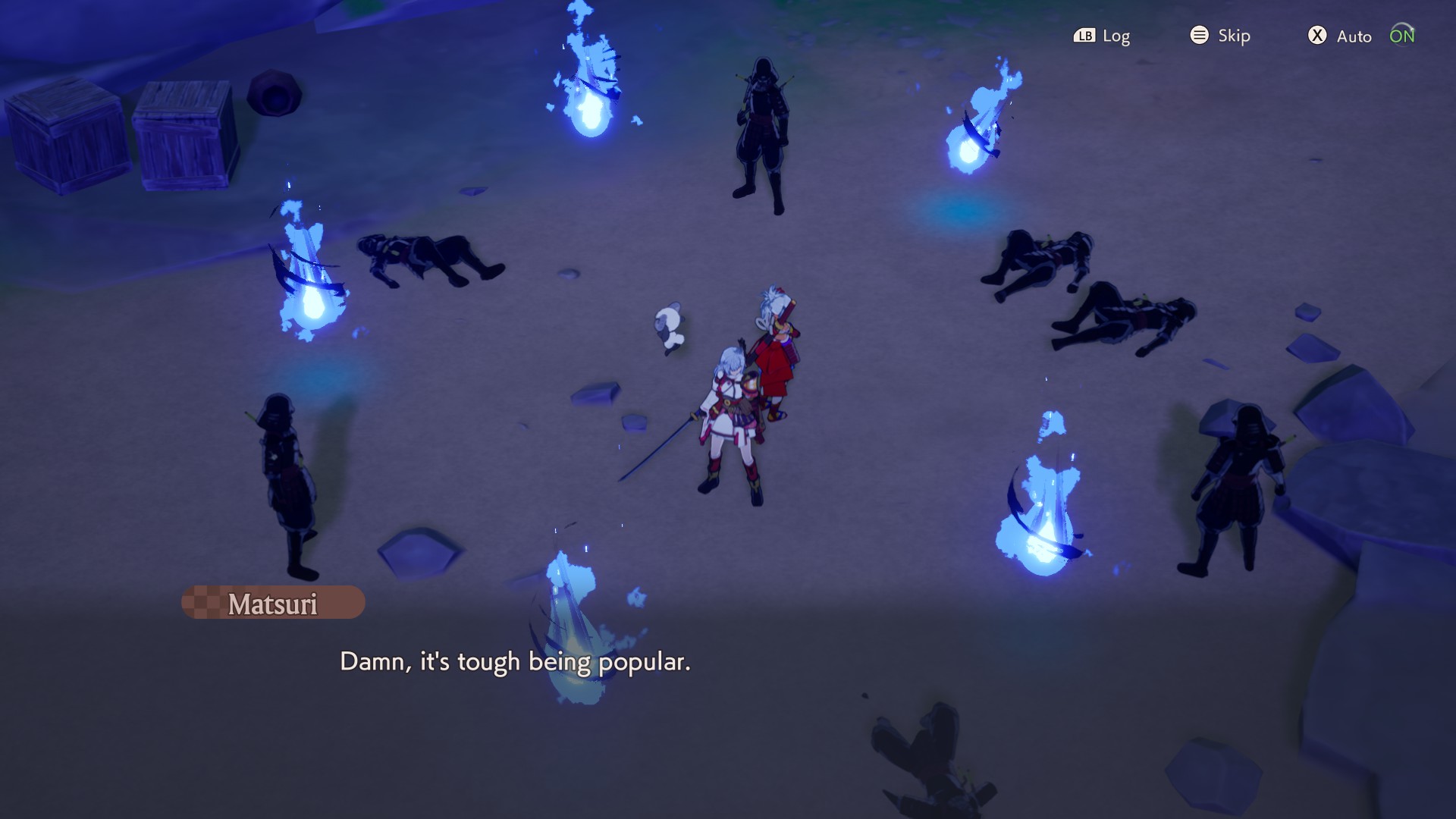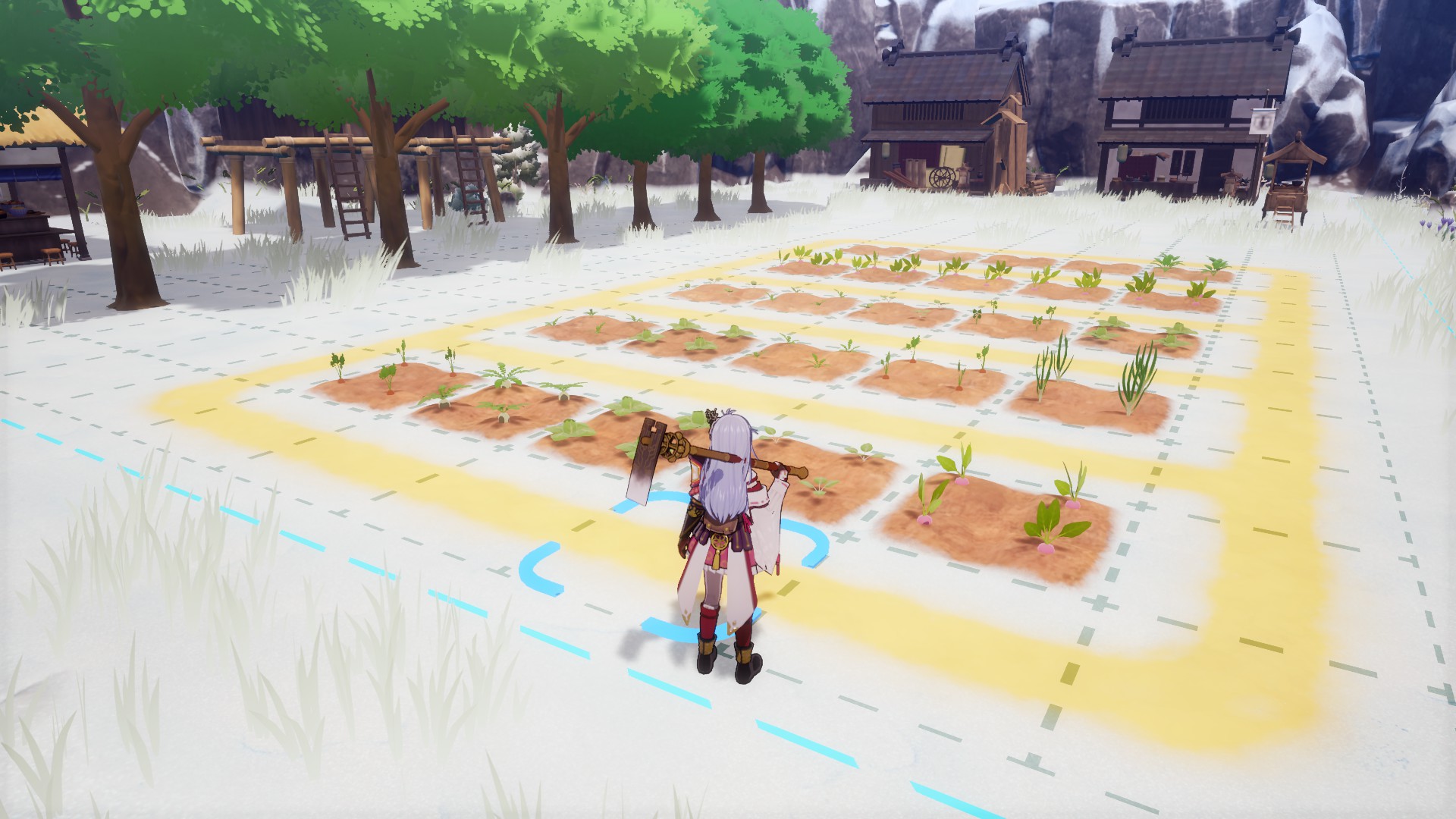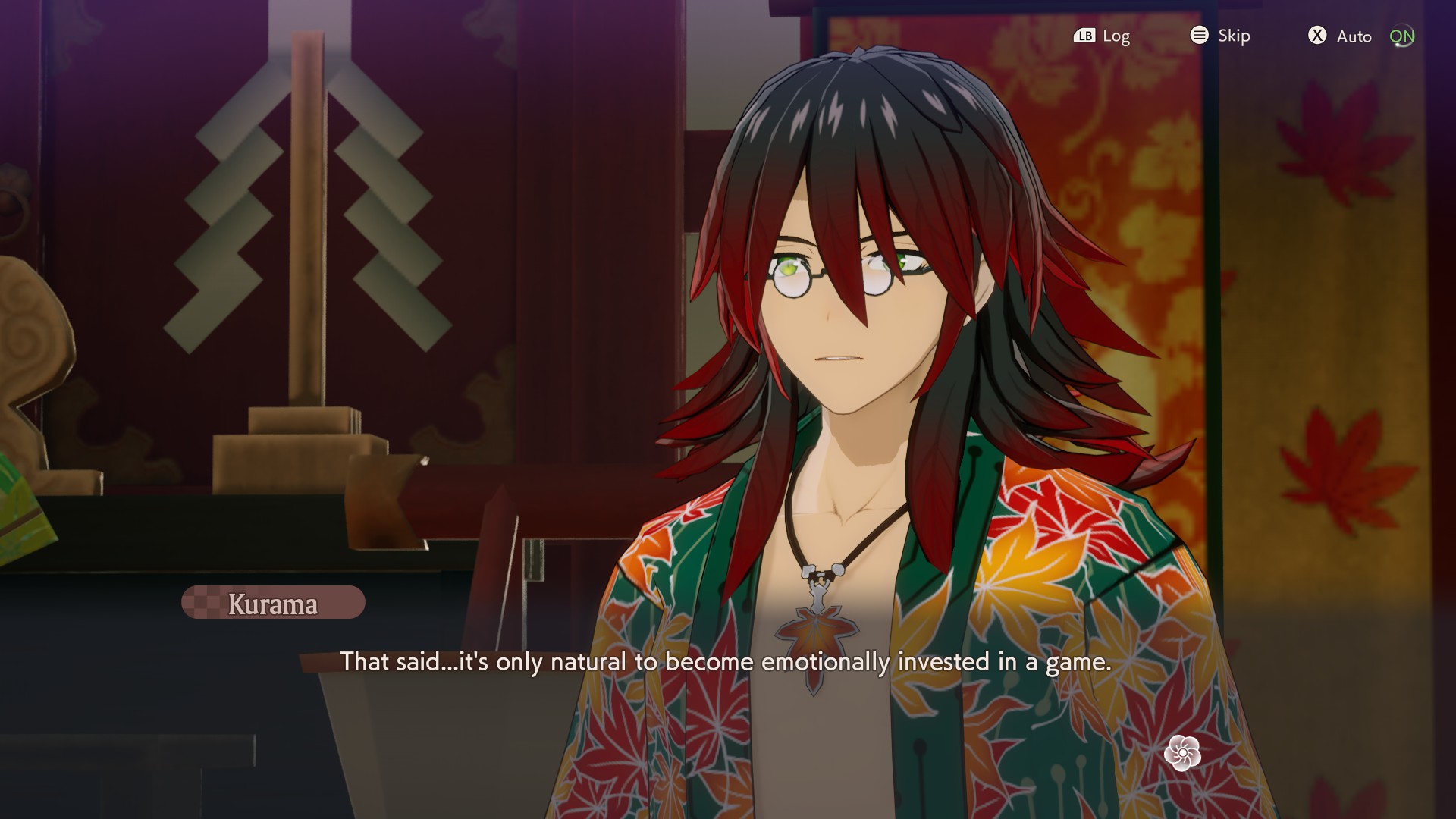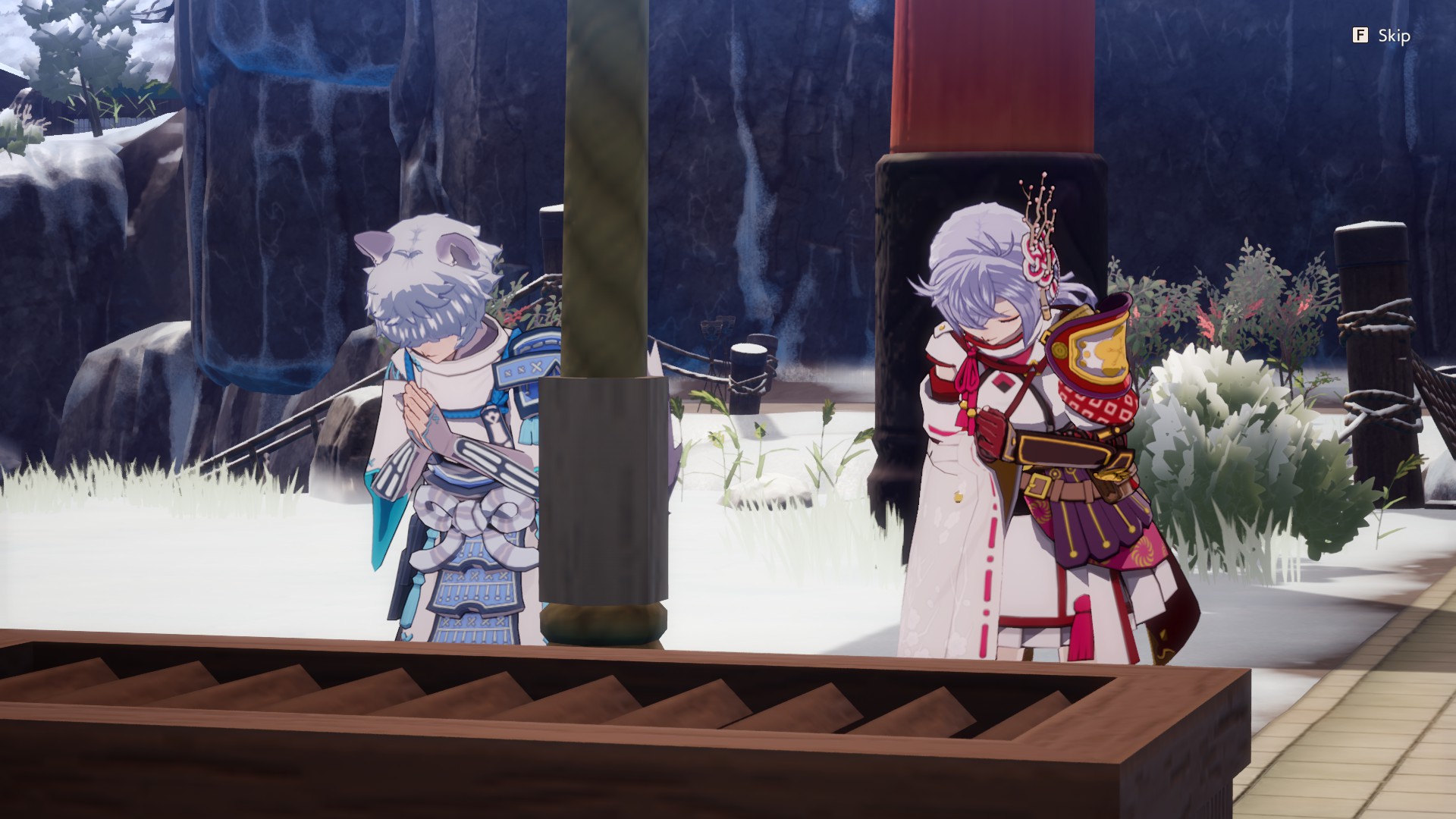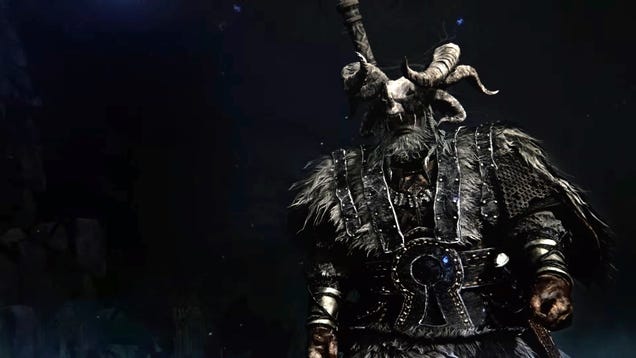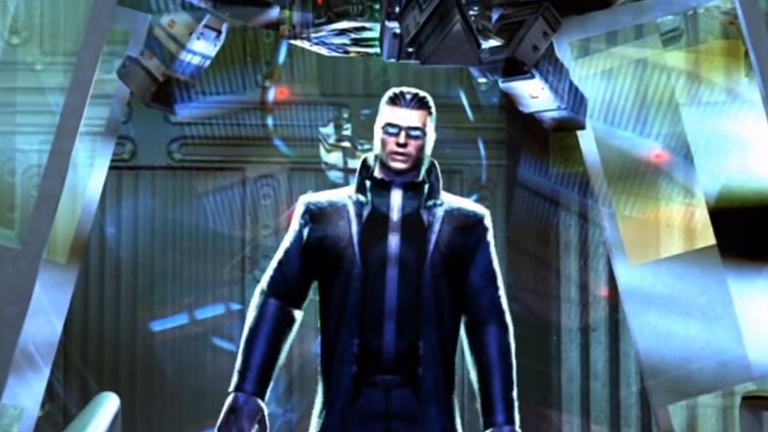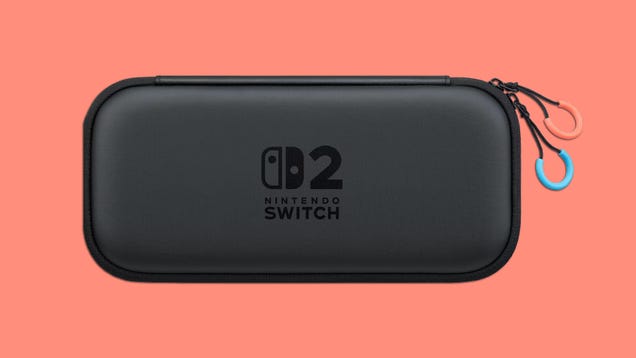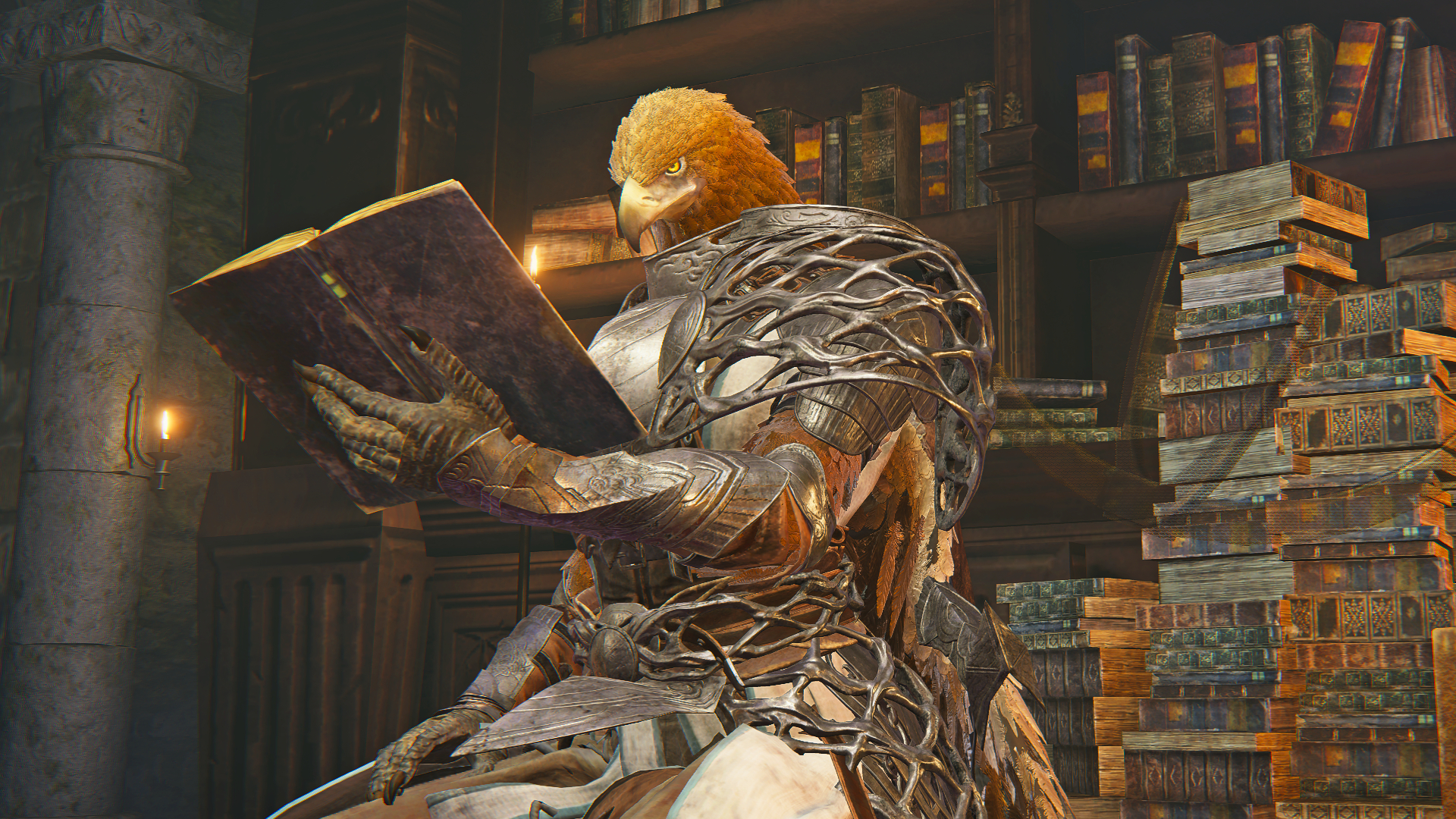
Guardians of Azuma makes good on the time you spend rebuilding the world and finding your place in it.
One might assume that if you fell out of the sky, crash-landed through the roof of a shrine, and woke up with amnesia to a flying, talking sheep with horns listing your divine duties, you might get a day off. You might want to relax and recuperate. You might take a moment for yourself.
What is it? Action RPG, social sim, city builder, take your pick!
Release Date: June 5, 2025
Developer: Marvelous
Publisher: Marvelous
Reviewed on: Windows 11, NVIDIA GeForce RTX
2060, AMD Ryzen 9 4900HS, 16GB RAM
Multiplayer? No
Steam Deck: Verified
Link: Official site
It would probably be a lot to ask that you become the most active municipal volunteer in the troubled local community, restore the divinity of their god, and embark on a quest to rejuvenate the world after a devastating apocalyptic event. Well, you clearly don’t have what it takes to be an Earth Dancer.
Kaguya, one of the two possible protagonists of Rune Factory: Guardians of Azuma, does have what it takes. Never has there been a more concerned citizen, a more selfless activist, or a more ambitious amateur farmer. She gets knocked out of the heavens after a violent battle with a mysterious figure on a black dragon; she gets thrust into tales of Celestial Collapse and Blight and meets the god of spring; she takes out a hoe and starts planting turnips. She also does some adventuring, romances some people, builds a house or two, learns to cook, and does her best to save the world. We love a Renaissance woman.
Most of Guardians of Azuma is a fairly straightforward action RPG. Kaguya has multiple choices of melee weapons, a bow, and sacred artifacts given to her by the gods, which do elemental damage. Weapons can be upgraded or enhanced, and later on she can acquire talismans to aid her in combat. This implies a diversity to combat that doesn’t materialize—I never encountered a fight in the game that I couldn’t brute force with my sword, whatever sacred artifact I was feeling at the time, and an inventory full of cheese omelets.
Most battles won’t need strategizing, though enemies do have weaknesses and bosses can be stunned as well as just hacked at. I wasn’t particularly bothered with the shallowness of combat—it’s fun to spin in circles with my Fan Of Death and hear my party members chatter at the monsters we encounter, and it doesn’t distract from the parts of the game that are more engaging. Let the friends I’ve recruited go slice up oni for me: I’ve gotta float around with a parasol to find frog statues for a local child.
The polar opposite of combat is the game’s farm sim/village developer/landscape architect aspects, which can be as simple or as complicated as your heart desires. My urban planning style ended up being “function over form,” which means I’ve got four bustling, productive villages that look like they were zoned by an over-caffeinated squirrel. Players with more of an eye for aesthetics will have fun messing with decorations, of which there are plenty to find within the world, and the development mechanics are easy to use (though there’s some frustrating friction at the beginning, when crafting basic terrain tiles requires an annoying amount of menu navigation).
Once you can start recruiting villagers they’ll be assigned to work in your absence, which means Kaguya only has to make a few decisions in her role as Literally Everyone’s Mayor before the money starts rolling in, leaving her free to wander around and fight or flirt or make more onigiri.
There’s a lot going on in this game. Kaguya’s got to explore, fight monsters, and discover what her amnesiac protagonist deal is, but she’s also got to build up these villages, do some farming, socialize, cook approximately a hundred thousand recipes, revive the divinity of some gods, and go to bed before midnight. At first it’s unwieldy, these systems bordering on excessive in what is actually not a huge game world. Kaguya spends a ton of time retracing her steps as she slowly unravels the truth about what’s going on with Azuma. Early on, that’s a weird juxtaposition: why do I have so much I can do and so little to do it with?
Time and progression pay off extremely well to combat that imbalance. The social mechanics reward long investments with different characters, and it takes a while to wade out of the shallower aspects of their personal quests. The villages you’re developing are irregularly stocked with dev zones and existing infrastructure, so some have easy early rewards whereas others get a boost at later levels. And the story simply gets more interesting later in the game. The first 10 or so hours are almost off-puttingly busy, but as the game progresses, the feeling of busyness turns into a feeling of comfortable denseness.
It is satisfying and occasionally heartwarming to see characters I met in Spring Village settling down to eat a meal in Autumn Village, or to know that I’ll be able to fulfill a request of a villager in Summer Village because my barn in Winter Village is producing the eggs I need for the recipe. Because so much is automated, it escapes the player-centric god-king-of-all-I-survey trap it could have easily fallen into; Kaguya’s role, both narratively and mechanically, is just to get the ball rolling, to bring life back to something so it can continue living. Build a house, plant a field, and there will be people to till it, to water and harvest, to fish and mine and log and tend to animals and run shops.
It’s one instance of the game’s throughline: That the point of helping someone, or healing something, is so they can stand on their own.
The social system is the other standout. It’s regrettably frontloaded with some of the weakest writing and least interesting characters, but once you unlock more villages the roster of characters you can befriend is varied and charming, with some personal quests that go in really delightful directions (I have lost hours of my life to chasing around mischievous shapeshifters, advertising local businesses, and making gamers be social.)
Because personal quest progression is tied to the calendar, and because there’s no limit to how many characters you can interact with in a day, it fits in well between main quest progress, exploration, and village development. I thoroughly enjoyed when I’d be wandering around only to spot someone I’d been talking to in the distance and sprint after them to go grab a bite to eat together.
Out of all the characters you can meet in Rune Factory, the best ones by far are the gods you awaken throughout the story. Without spoilers (because there are some legitimately fun reveals in their roster) the fact that the gods have both main story relevance and sidequest social relevance means they have the most time to develop, even the ones you don’t meet until later in the game.
Kaguya often takes a step back in these parts of the story, and the quirks, neuroses, fears, and desires of the gods get to take center stage. This is excellent, since they resemble less a pantheon of powerful deities and more an impromptu reunion of bickering siblings that have been ignoring each other’s texts, complete with blithe nicknames, established alliances, and a handful of held grudges. They’re just as invested as Kaguya in restoring their divinity and investigating the cause of the Celestial Collapse, but also some of them are socially anxious or easily distracted or owe someone some money, so they’ll need a hand here or there.
Those are the two levels the game operates on: help save the world, or help a buddy out. At the beginning Kaguya is a stranger, literally crash-landed in the shrine of Spring Village, with no memory of her place in the world. Rune Factory feels like a stranger to itself at this point, with all of the moving parts present but watching each other warily, not sure how to work together yet. As Kaguya settles into herself, as she engages with her environment, helps the village and the villagers, and starts her divine journey, the game matches her.
On the macro level she collects the allies and information needed to figure out what’s going on with the Celestial Collapse and how to fix it. On the micro level, she collects the resources and knowledge needed to figure out how to cook honey toast for a demanding pastry chef. She might be an Earth Dancer for the gods, to bring them back to life and guide them towards the rejuvenation of the world, but in every other aspect she’s just a person trying to help out where she can.




